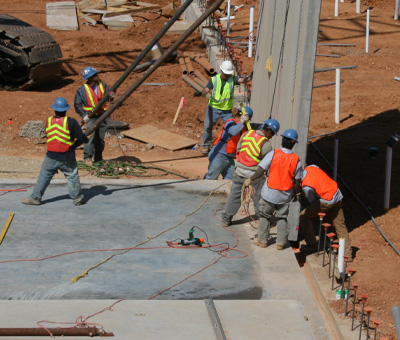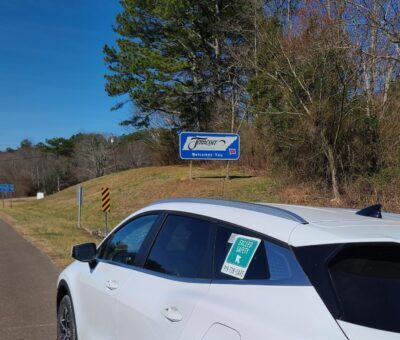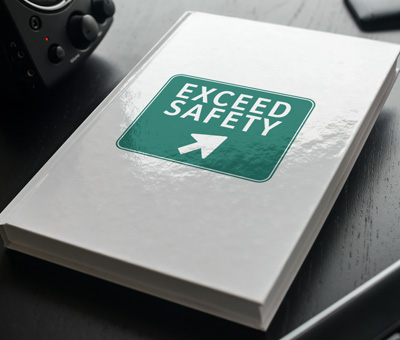As the chill of winter sets in, most of us reach for our warmest clothes – long underwear, winter caps, and hoodies become daily wear. However, for those in construction, braving the cold isn’t just about comfort; it’s about safety. With up to 10% of body heat lost through the head and the sting of freezing ears, staying warm is crucial. Yet, there’s a challenge: how do you stay warm while also staying safe, especially when it comes to cold weather construction gear and the essential hard hat?
The Critical Role of Hard Hats in Winter Construction
In construction, hard hats are non-negotiable for head protection. But when temperatures plummet, workers often turn to hoods and winter caps for warmth, unwittingly compromising the efficacy of their hard hats. When safety supervisors point this out, it often leads to resistance. So, what’s the official word on this from OSHA?
OSHA’s Stance on Cold Weather Head Garments
In a 2006 letter of interpretation, OSHA clarifies that its standards (29 CFR 1926.31 and 1926.100) do not explicitly prohibit the use of cold weather head garments under hard hats. However, the incorporated ANSI standards, Z89.1-1969 and Z89.2-1971, provide specific guidance on ‘winter liners.'”
These standards suggest that winter liners should be made of fabric, plastic, or other suitable materials, with fast-dyed colors and potentially water-resistant outer surfaces. Notably, for Class B helmets, no metal parts are allowed in these liners. The implication is clear: if a liner is specifically designed to be compatible with the protective properties of a hard hat, its use is permissible.
Selecting the Right Hard Hat Liners for Winter Safety
On the flip side, if a garment detracts from the protective properties of a hard hat, it might violate OSHA’s standards. Given the difficulty in determining if a non-specialized garment compromises a hard hat’s protective qualities, OSHA advises employers to only permit liners specifically designed for hard hat compatibility. This recommendation is further supported by the suggestion to consult hard hat manufacturers for compatible liners, as some manufacturers advise against wearing anything inside a hard hat.
The bottom line from this directive is straightforward: only liners specifically designed for use with hard hats are advisable. Fortunately, quality hard hat liners that meet these criteria are readily available and surprisingly affordable – often for less than $10. This small investment can save your ears from the cold and prevent workplace disputes over safety protocols.
Partner with Exceed Safety for Expert Guidance
Choosing appropriate winter head gear for construction is crucial for safety. For expert guidance on selecting hard hat compatible liners and maintaining OSHA compliance, turn to Exceed Safety. Our focused training and safety solutions ensure your team is well-prepared for the winter months.
Ready to elevate your workplace safety? Contact Exceed Safety today, and explore our range of services to safeguard your workforce this winter and beyond.
Continuous Improvement and Immersive Training in Action
Construction is a dangerous business. Risks are constant, standards shift, and complacency can be deadly. For Jennifer Lastra, a U.S. Navy veteran and current CEO of 360 Immersive, corporate-style training falls far short. True safety begins with continuous improvement, supported by real engagement on the job. Training Should Go Beyond a Click-Through Box “Corporate training…
Continue Reading Continuous Improvement and Immersive Training in Action
Breaking the Cycle of Revolving Door Safety Teams
You’re in the middle of your busiest season, desperately trying to keep up with deadlines, and out of the blue, your only safety person submits their notice. Now you’re left without safety personnel, putting your workforce at risk, and potentially falling out of compliance or breaching contractual obligations. What’s your next move? Do you appoint…
Continue Reading Breaking the Cycle of Revolving Door Safety Teams
Why Does Your Company Need a Safety Team?
The construction industry is undeniably a risky one. Even for simple construction jobs, the risks posed to employees are numerous and continuously evolving. Though some companies may be hesitant to invest in a dedicated safety team, having one provides numerous benefits pertaining to employee health, hazard reduction and company culture enrichment. So let us ask…












